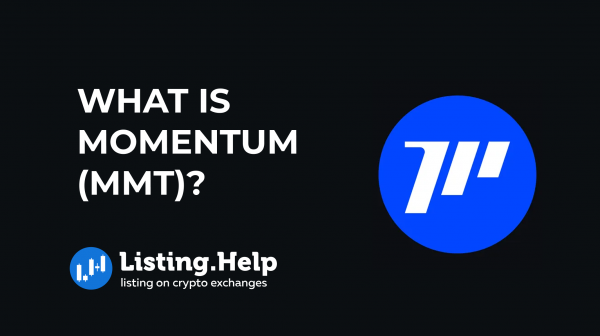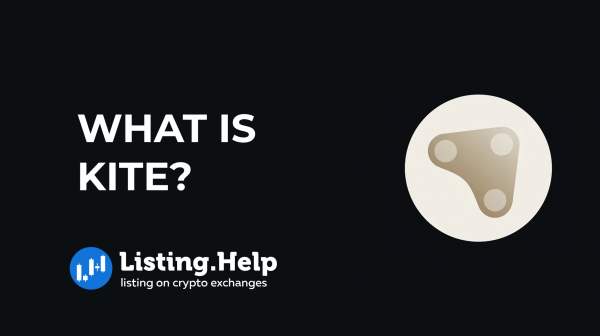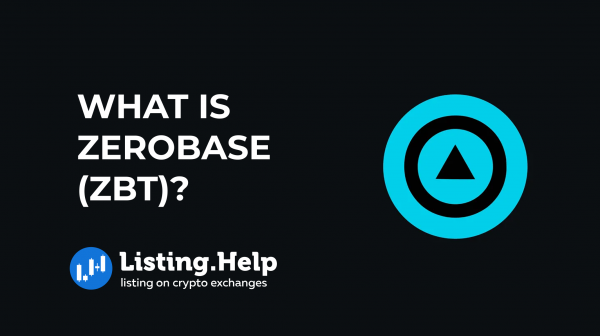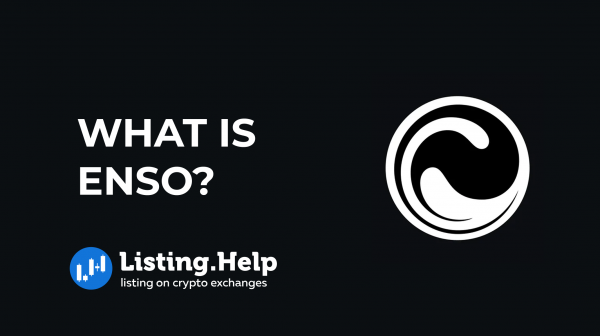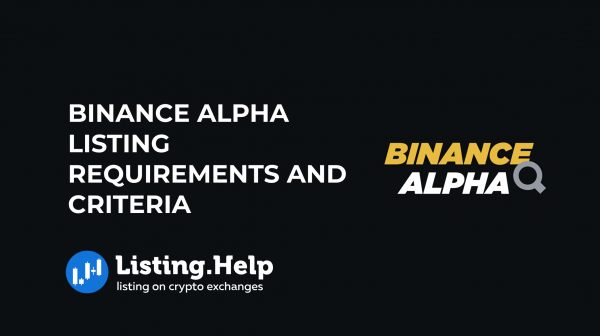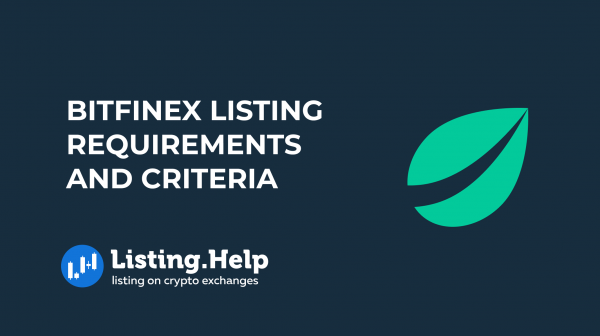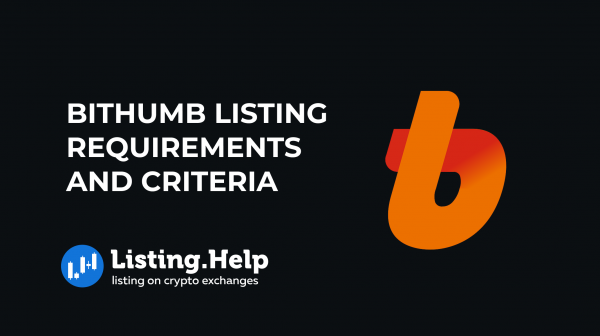What is Initia (INIT)?
 May 15, 2025
May 15, 2025 Updated: May 18 2025, 08:52
Updated: May 18 2025, 08:52
LEAVE A REQUEST
Launching your own token project? Our experts are ready to help with listing on exchanges, market making, marketing and other solutions
SUBMIT APPLICATIONInitia is a blockchain platform built to streamline the way decentralized applications are created and run. It blends Layer 1 and Layer 2 systems into a connected structure that reduces the usual technical hassle for developers working across multiple chains. The setup includes three main elements: a core Layer 1 chain, customizable Layer 2 chains called “Minitias,” and a set of tools known as the Interwoven Stack that helps projects get off the ground quickly.
How Initia Works?
At its core, Initia is made up of:
- Initia L1 – the central Layer 1 blockchain
- Interwoven Rollups – application-specific Layer 2 chains
- Interwoven Stack – a toolkit and infrastructure layer for developers
Initia L1 – The Foundation
Initia L1 is built using the Cosmos SDK and acts as the foundation for everything else. It handles several important roles:
- Security: Rollups connect to L1 for bridging tokens, verifying information, and fraud detection.
- Liquidity: A built-in decentralized exchange (InitiaDEX) allows for easy token swaps and shared liquidity between chains.
- Messaging: L1 enables communication between rollups and with other blockchain networks.
- Incentives: It powers features like the Vested Interest Program (VIP) and built-in liquidity rewards.
Interwoven Rollups
These rollups function as individual blockchains on top of Initia L1. What stands out is how adaptable they are. Developers can tailor them to suit specific needs, choosing from different virtual machines — such as EVM, MoveVM, or WasmVM — and deciding how to handle gas fees (with INIT, stablecoins, or custom tokens). Even the method for processing transactions can be customized, offering more flexibility than typical Layer 2 setups.
In short, developers can build their own rollup with more control, without starting from scratch.
The Interwoven Stack
The Interwoven Stack is a full set of tools that makes it easier to build and manage these rollups. It includes:
- Prebuilt SDKs to create rollups and link them to Initia L1
- Built-in features for bridging, governance, messaging, and liquidity
- Shared standards and templates that help projects work together smoothly
Who’s Behind Initia?
Initia started in 2022, founded by Stanford Liu, who previously led research at Terraform Labs. After seeing the roadblocks that came from fragmented systems, Liu wanted to build something cleaner and more practical. He teamed up with co-founder Ezaan “Zon” Mangalji and ecosystem lead OmniscientAsian, who had worked at Sino Global Capital. Together, they set out to create a structure that would cut down on complexity for developers and end users.
The project gained early interest from investors. Binance Labs supported Initia through its pre-seed program in late 2023. In early 2024, the team raised $7.5 million in seed funding from Delphi Digital and Hack VC. That was followed by a $2.5 million community round later that year, putting the project’s valuation at $250 million. Momentum continued with a $14 million Series A in September 2024, raising the valuation to $350 million.
A big part of Initia’s approach is to offer ready-made choices rather than endless configurations. Instead of forcing developers to make decisions about data availability, messaging, or oracles, the platform provides a built-in framework that just works. This was shaped by Liu’s experience, where he saw firsthand how too many options could slow things down.
What is the INIT Token?
INIT is the native asset of Initia’s ecosystem. It plays several roles:
- Used to pay for transaction fees on both L1 and supported rollups
- Delegated for staking to help secure the network
- Used in governance so holders can vote on protocol changes
- Distributed in programs like VIP to reward participation
The total supply of INIT is capped at one billion. The INIT token is listed on many exchanges, including KuCoin, MEXC, Gate.io, CoinBase and Kraken. This strong presence in the market makes Initia a solid candidate for any future crypto exchange listing efforts by emerging projects looking to gain visibility.
Key Features of Initia (INIT)
1. Support for Different Virtual Machines Initia’s rollup framework allows developers to work with several types of virtual machines — EVM, MoveVM, and WasmVM. This means projects can choose the most suitable option for what they’re building. For example, MiniEVM gives full Ethereum compatibility while also supporting Cosmos features through special integrations. This setup gives teams access to familiar tools while also opening the door to more efficient design.
2. One Fee System for All Chains In most multichain networks, users need to keep track of different gas tokens depending on which chain they’re using. Initia avoids that. Here, transactions across rollups can be paid using any supported token — INIT, stablecoins, or local assets. This simplifies the experience, especially for people who aren’t technical. It also means fewer interruptions and less confusion when moving between different apps.
3. Liquidity That Does More Initia takes a different approach to how liquidity is handled. Approved token pairs on InitiaDEX can be used as staking assets. This means that a single position can earn trading fees and staking rewards at the same time. It improves capital use and also strengthens the network’s overall security. For projects planning to list your token, InitiaDEX provides a built-in liquidity layer that supports smoother onboarding and increased exposure.
4. OPinit Stack – Optimistic Rollups for Cosmos The OPinit Stack is Initia’s framework for optimistic rollups. It includes features like fraud proofs and rollback options, which help ensure that the system stays secure without slowing things down. The stack comes with an Executor module that automates things like token transfers, data posting, and batching, so developers don’t have to manage those processes manually.
5. Minitswap – Faster Bridging One of the usual pain points with optimistic bridges is the long wait time for withdrawals. Minitswap solves that by offering a fast bridging solution between Initia’s Layer 1 and its rollups. It works through automated liquidity and IBC connectivity, so users don’t have to wait days to move assets.
Conclusion
Initia is designed for developers who want to build scalable apps without getting bogged down in cross-chain complexity. It combines a reliable Layer 1 base, flexible rollups, and a toolkit that handles the hard parts. The goal is simple: let teams focus on building, not troubleshooting.

For more insights and updates on the crypto world, don’t forget to check out our blog at Listing.Help







 December 8, 2025
December 8, 2025 